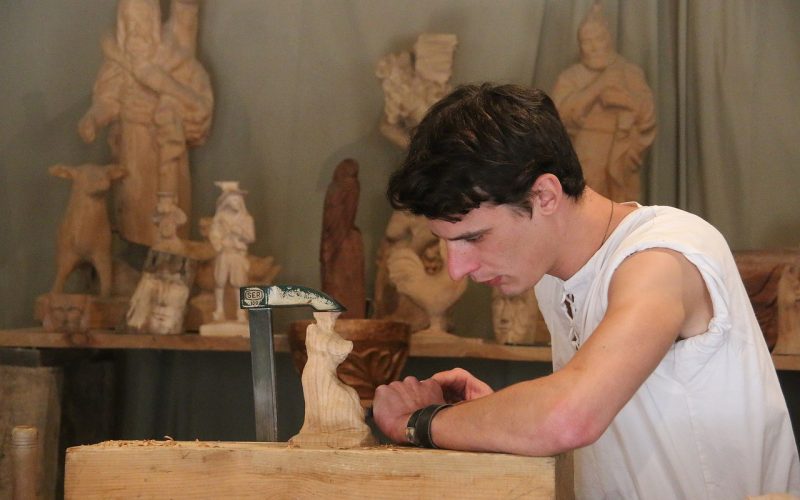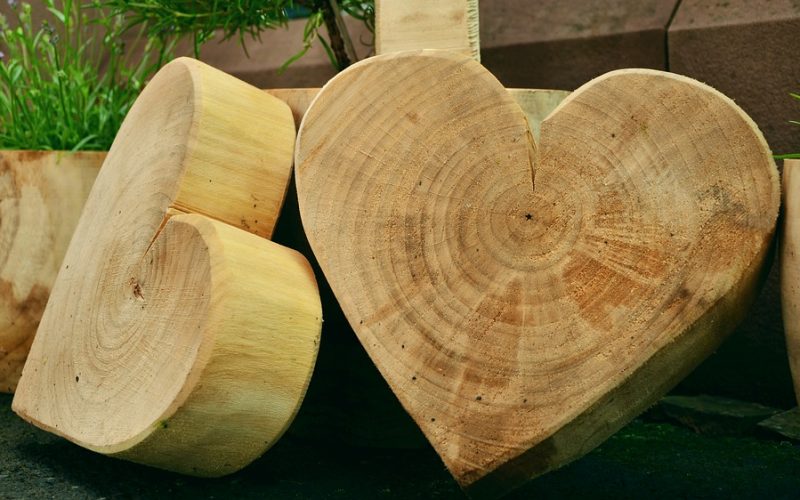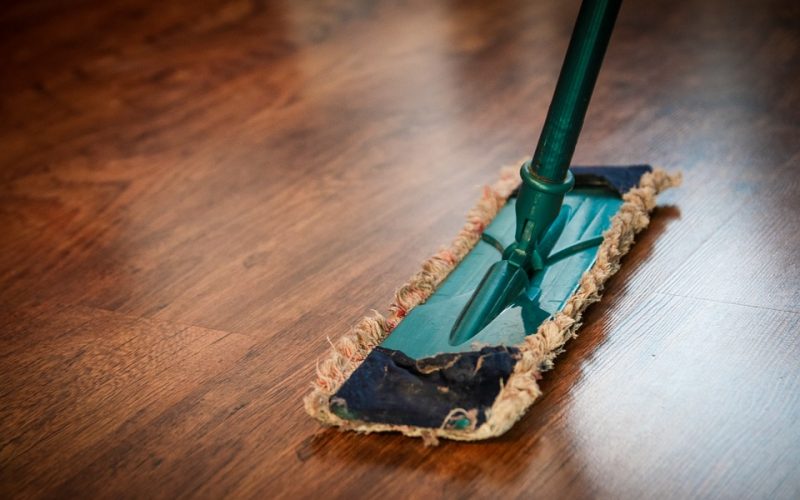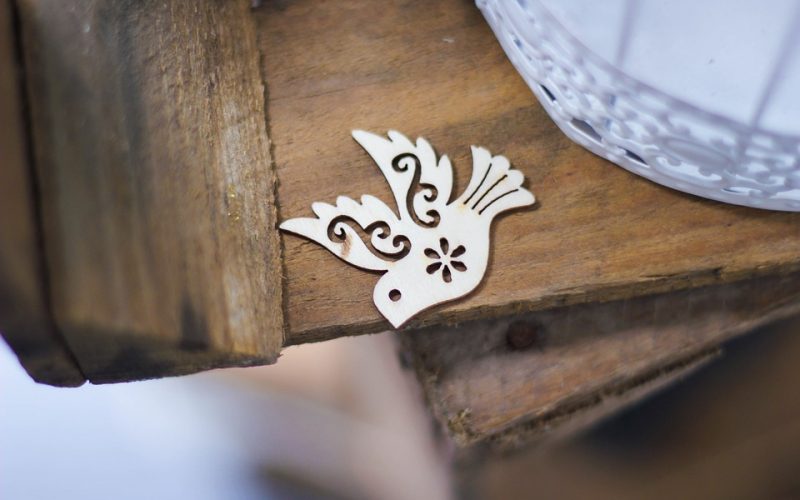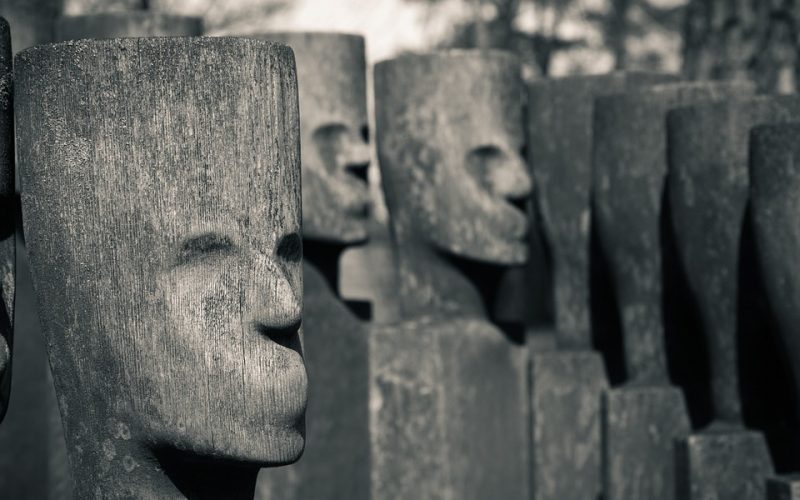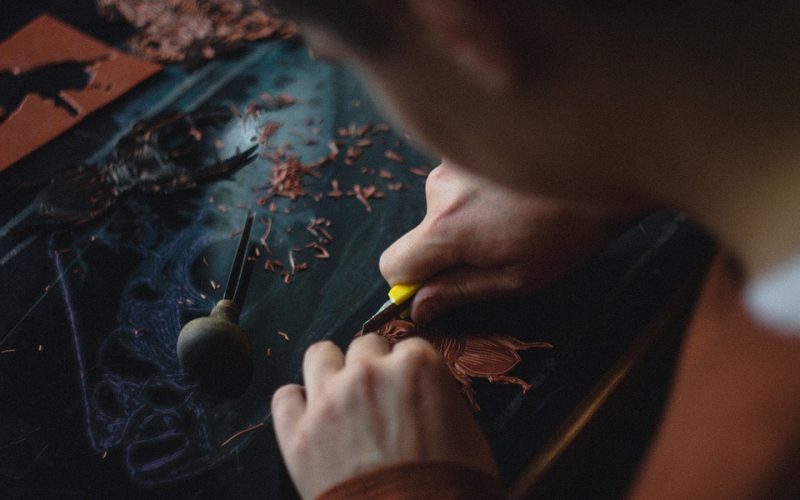Wood carving, a venerable craft that has been practised for centuries, is an art form that demands both patience and precision. Professional wood carvers possess a skill set honed over years of dedication and experience, producing works that range from intricate sculptures to practical items like furniture and utensils.
Chisel and knife
Master carvers have an in-depth understanding of various wood types, knowing how each responds to the chisel and knife. Their expertise allows them to bring out the natural beauty of the wood, highlighting its unique grain patterns and colours.
Whether carving a delicate figurine or an elaborate panel, these artisans demonstrate an exceptional eye for detail and an unparalleled ability to transform a simple block of wood into a masterpiece.
Start with softer woods
For those looking to start wood carving as a hobby, the journey begins with an appreciation for the material itself. Beginners are encouraged to start with softer woods such as basswood or cedar, which are more forgiving and easier to work with than harder varieties like oak or walnut.
Essential tools for a novice include a carving knife, chisels, and gouges. While the initial investment may appear modest, aspiring carvers quickly discover the importance of quality tools for achieving precise cuts and crisp details.
Shaping the wood with a knife
It's also crucial for newcomers to learn basic techniques, such as whittling, relief carving, and chip carving, as each method offers a different approach and result.
Whittling, for example, involves shaping the wood with a knife, creating simple yet expressive forms. In contrast, relief carving adds depth to a work by cutting figures into a flat wood surface, playing with shadows and highlights.
As skills develop, enthusiasts may experiment with more advanced techniques and complex projects, gaining confidence with each new creation.
Securing the wood
Understanding the significance of safety cannot be overstressed, as sharp tools and potential splinters pose risks.
Beginners should familiarise themselves with safety practices, including properly securing the wood, maintaining a firm grip on tools, and using protective gear like gloves and goggles.
Mastering safe carving habits not only prevents injuries but also enhances the overall carving experience, allowing for greater focus and creativity.
Share insights and techniques
Engagement with the wood carving community is another vital step for those embracing this hobby. Joining local woodworking clubs, taking classes, or participating in online forums can provide invaluable support, advice, and inspiration.
Experienced carvers often willingly share their insights and techniques, nurturing newcomers and fostering a sense of camaraderie among enthusiasts. This environment offers opportunities to gather feedback, learn from others' experiences, and even collaborate on projects.
Tactile sense of accomplishment
While the path to becoming a seasoned wood carver is a gradual one, the rewards are manifold. Carving is a meditative activity, encouraging focus and presence, as well as providing a tactile sense of accomplishment as each piece takes shape.
The hobby also allows for personal expression, with carvers producing unique works that convey their individual style and vision. As skills and confidence grow, wood carving can evolve from a humble pastime into a deeply satisfying and enriching pursuit.
